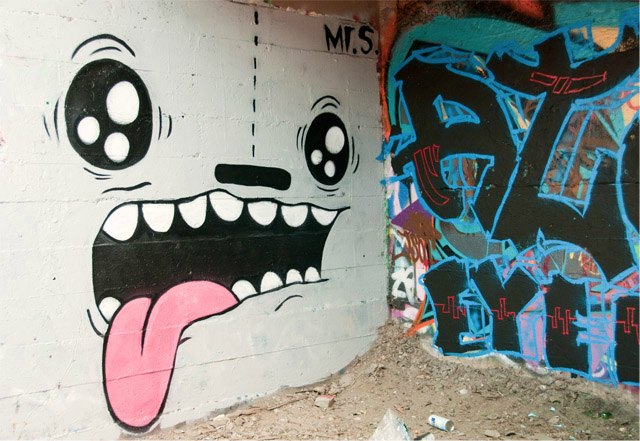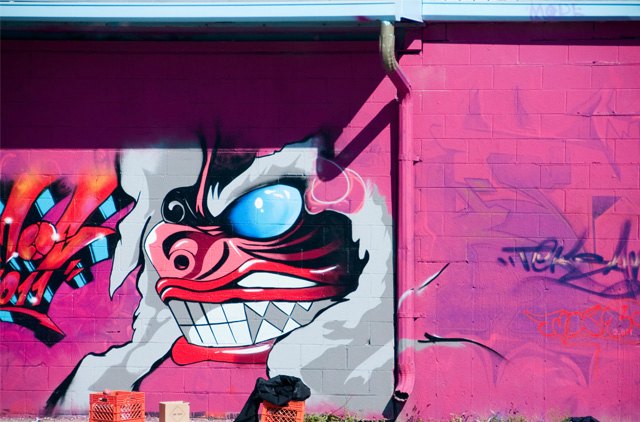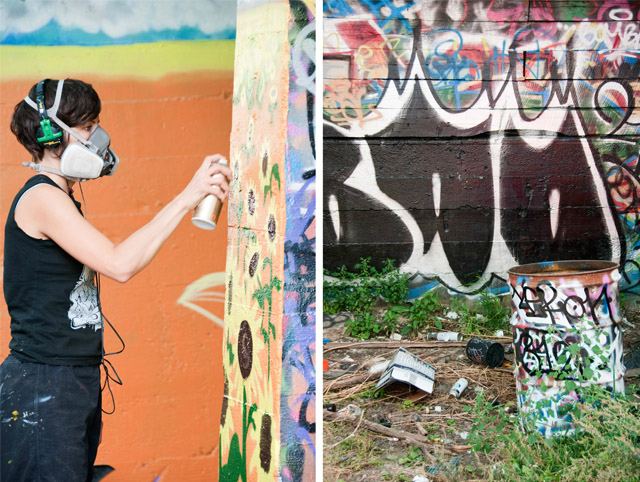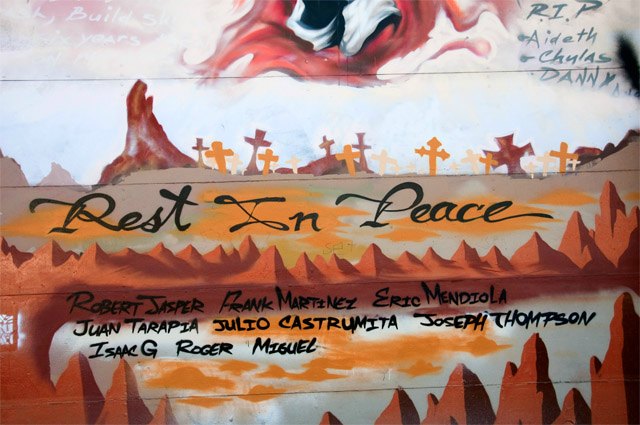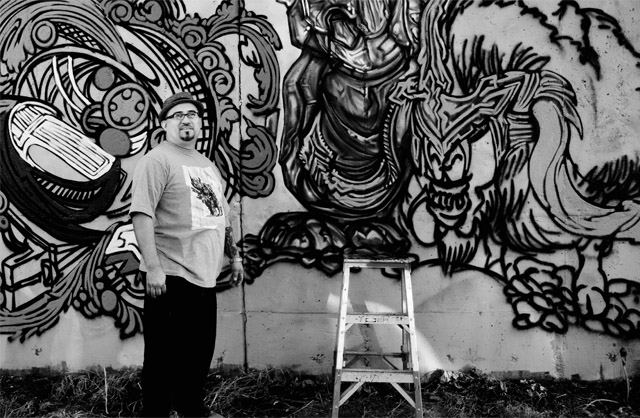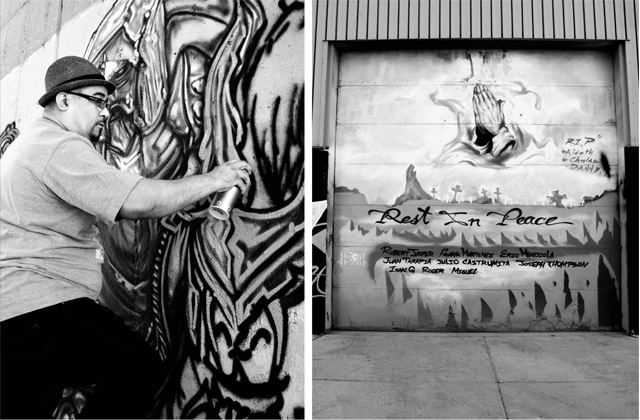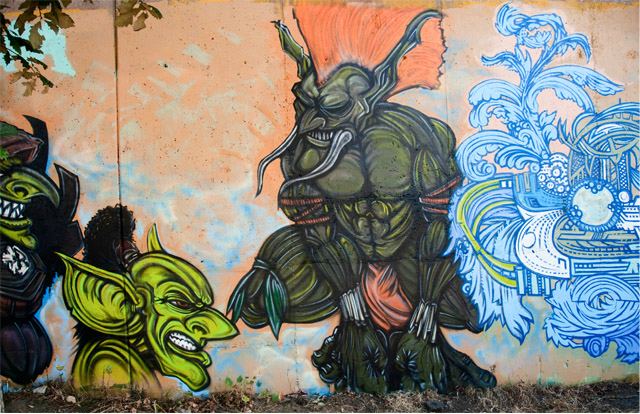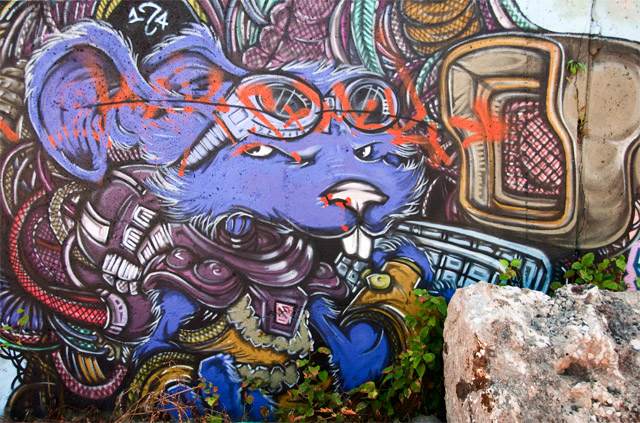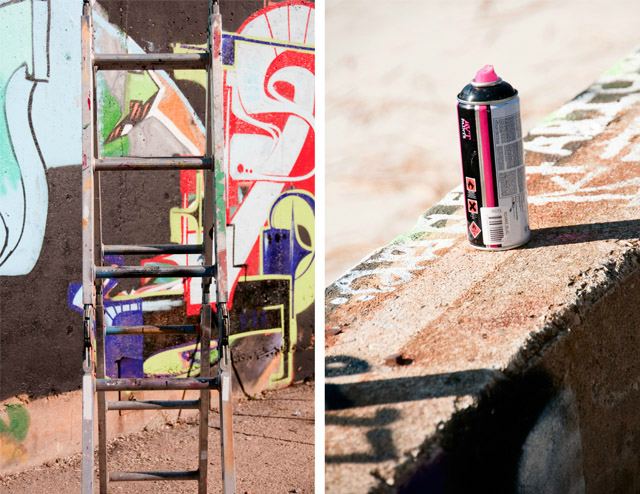Graffiti Moves Above Ground
By Staff in Arts & Entertainment on Oct 4, 2011 6:00PM
Post By: Annie Grossinger
The perception of graffiti as an art form is hard for many people to accept. For years, this medium has been associated with teenage delinquents, gangs or petulant expressions of anarchy. The notion that graffiti is an artistic expression has remained largely underground, but in the social media age where access to people with similar interests is readily available, this has started to change.
When I was invited to Chicago’s 8th Annual Meeting of Styles, a self-proclaimed graffiti Hall-of-Fame and international event, in mid-September, it was hard to reconcile the idea of street art being well-organized. With my limited knowledge, I reverted back to the stereotypes—is it legal? Safe? Is it just a bunch of kids writing their names in bubble letters? However, curiosity is a potent drug so I ventured south to Bridgeport where the event was taking place.
Two trains and a bus later, I stumbled upon what can only be described as a graffiti melting pot. Crews from Chicago, Colorado, Detroit and were hard at work creating visual masterpieces that ranged from realistic portrayals of characters to colorful landscapes, while DJ Ramon Loeza blasted a medley of tunes. Supporters, gawkers and beginners flocked to the main walls to meet their idols and find inspiration, while others laid back and barbecued, enjoying the creative ambiance.
To the untrained eye, it may have looked like a free-for-all, albeit, a well-organized one. However, Loeza, a member of the CMK crew—which, according to him, stands for whatever the members want it to on any given day—noted that there is a distinct and orderly hierarchy to the events. The best walls—the broad, wide-open spaces facing the street—are reserved for the most notorious and gifted graffiti artists. Behind the building is where new and emerging artists vie for recognition and accolades. Since spray paint is illegal to buy in Chicago, beginners often patrol the grounds for discarded paint and try their hand on small, unused spaces or miscellaneous items, such as old tires, a rusted muffler or an abandoned couch.
But how does one become recognized? Many have begun to expand beyond the confines of peer recognition to turn their hobby into a profitable craft. One of the most notorious examples is Banksy, a London-based graffiti artist and political activist with international fame. Prints of his work are sold around the world and his life inspired the documentary Exit Through the Gift Shop. However, his true identity is unknown, which brings to light the dissonance that graffiti artists face when trying to brand themselves: how to maintain a level of anonymity and underground appeal while drawing attention to the art.
At Chicago’s Meeting of Styles, the better known artists signed the books of beginners not with their signature, but a personalized tag. While some have gained notoriety in their community for T-shirt lines, commissioned store fronts or gallery exhibits, there is still resistance to becoming mainstream. Maybe it’s because graffiti is still closely tied with property destruction. Even at Meeting of Styles, pieces of private property that were meant to remain untouched had been tagged. Maybe it’s because fame breeds rivalry and the crews hope to maintain peace, or maybe it’s because the appeal of graffiti was originally an anarchical form of self-expression that would no longer be viewed as urban street culture if it became mainstream. What ever the reason, Loeza explained that many of the members of his crew still struggle to find a balance between making money doing what they love and maintaining a low profile.
Meeting of Styles has taken place in 75 cities and 16 countries since its start in 2002, and Chicago’s event was given the OK by local officials. It may not be mainstream yet, but graffiti has found its way into the art world and it doesn’t look like it will be leaving any time soon.
The artwork from Chicago’s Meeting of Styles is still on display at 36th and Albany in Brighton Park.
